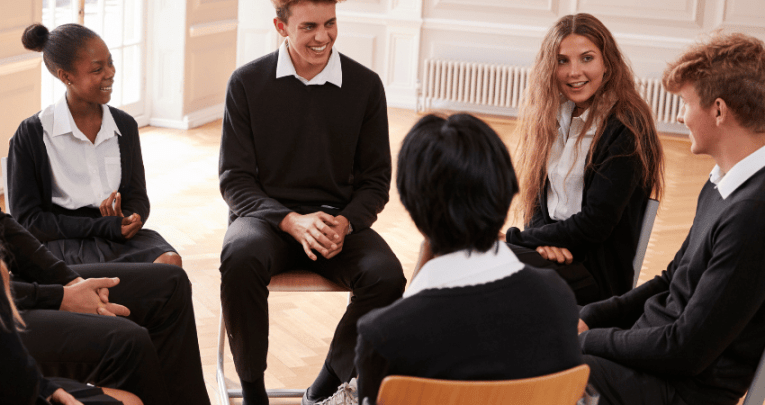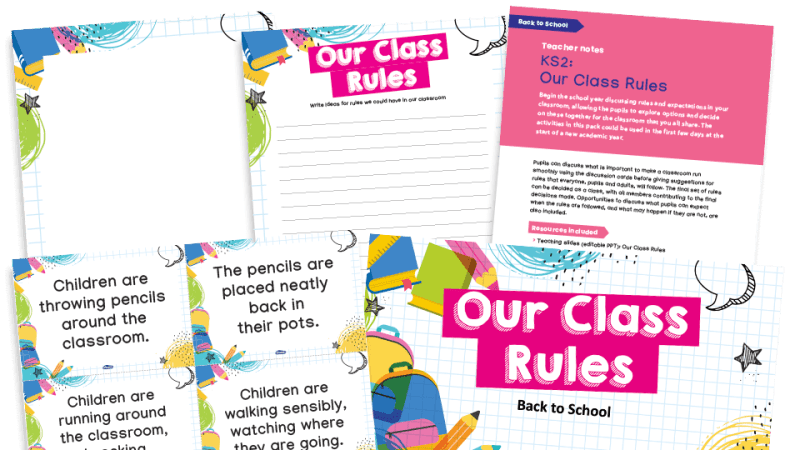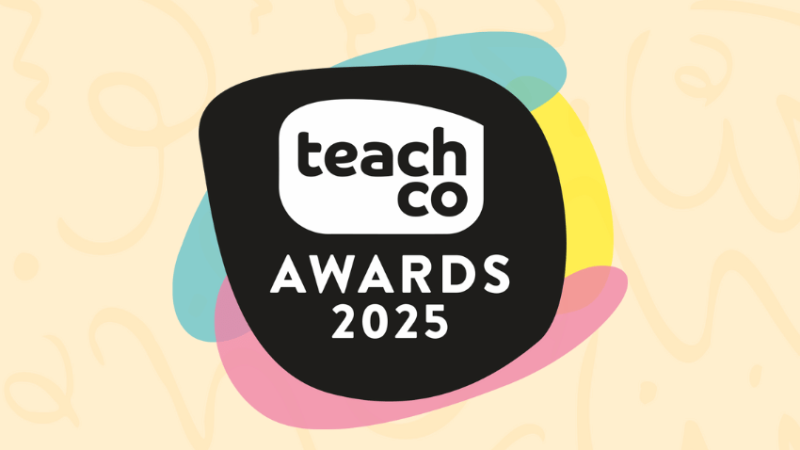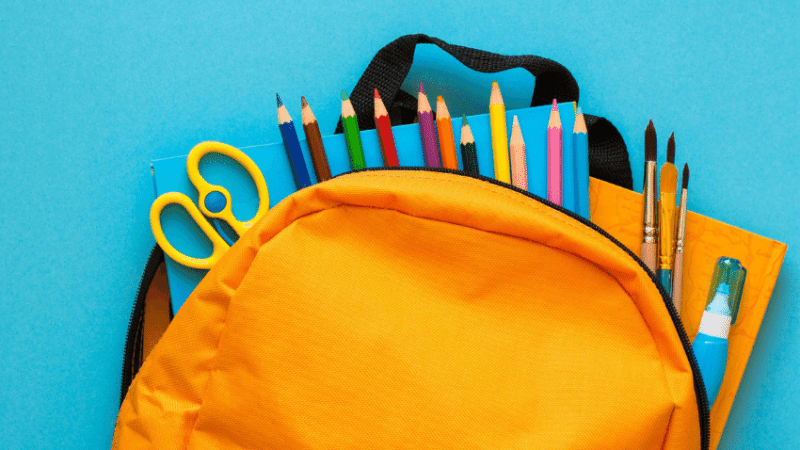Learning gap – Combatting the lasting impact of Covid

Louise Pink explores the effective strategies schools are using to help children and young people move on from the legacy of Covid and succeed…

- by Louise Pink

If you’re a teacher struggling to close learning gaps or your students’ reading skills are not where they need to be, then you’re not alone.
Although the lived experience of teaching through the disruption of the pandemic may have begun to fade for many teachers, we’re still witnessing the lasting impact in classrooms.
In a recent survey of 500 school leaders, a staggering 96% indicated that post-pandemic learning gaps remain an issue in their schools. Almost two thirds (61%) described the impact on learning as ‘major’.
Year 4s are the greatest concern for a third (32%) of school leaders. These children were in Reception at the start of the pandemic when schools closed their doors to most pupils.
In secondary schools, the picture is more nuanced. Teachers reported a learning gap in every secondary year group. They considered Year 10s the most severely affected. These students were in Year 6 when lockdown interrupted the important transition to secondary school.
“Teachers reported a learning gap in every secondary year group”
However, schools remain focused on implementing strategies to close the learning gap and give children and young people the support they need to not only catch up with learning they’ve missed, but excel.
Back-filling lost literacy
As proficiency in reading is key for children to access every curriculum area, it’s little wonder that this is a key focus for catch-up provision, both in primary and secondary settings.
For Peter Hall, assistant headteacher at Beacon Academy, providing additional support has been a key strategy for addressing reading gaps.
“Children who are three or four years behind on reading age struggle with all subjects. We have employed some reading intervention tutors to find out exactly where pupils’ stumbling blocks are on a one-to-one basis as each child has different difficulties,” he says.
“A lack of literacy skills indicates that those pupils need support in other subjects, too. For example, we looked at our assessment data and identified the weakest pupils in history and geography. We spotted they also had the lowest scores in reading tests.
“This enabled us to focus on those who needed the most support, and monitor the interventions we put in place for them.”
Building writing stamina
Writing is another skill that schools have found children continue to struggle with, as Donna Faley, headteacher at St Thomas More Catholic Primary, a voluntary academy, explains.
“It was very difficult to teach writing during lockdown. There is still a wide learning gap in writing skills. To address this, our English lead is working towards the National Professional Qualification in Leading Literacy (NPQLL).”
“Writing is another skill that schools have found children continue to struggle with”
The school has embedded writing activities across the curriculum too. This gives children opportunities to write at length in different subject areas such as geography, history and RE.
“Producing longer, high-quality writing has really helped with children’s writing stamina,” Donna adds.
Adding flexibility
One of the challenges for many schools in delivering successful catch-up strategies is the limited time available during the typical school day to offer the help students need.
Trending
Schools have become increasingly creative with their timetabling and staff resources to address this.
Some have set up specific tutoring times, while others have created bespoke intervention groups based on pupils’ achievement data, which can be effective ways to deliver targeted support.
As Helen Stone, data manager at Southchurch High School, reports, “There are interventions in place for Year 11. They have an extra two and a half hours a week of English, maths and science on a two-week rota in tutor time and breaktimes.”
School leaders have designed targeted interventions for individuals and small groups that can be delivered by non-specialist staff too. Some schools have created additional online content that pupils can access from home to supplement the support they receive in school.
Supporting whole cohorts
Alongside the targeted learning support schools are providing to individuals and small groups, additional strategies are being put in place to help whole year groups or larger cohorts to get back on track.
Ieuan Price, director of digital learning at St Illtyd’s Catholic High School, has seen attitudes to learning shift on a whole cohort basis.
“To respond to this, teachers are adapting tasks into shorter chunks to help children learn more independently. They are allocating more time in the lesson to explain new concepts,” he says.
Poor school attendance has become a more pressing issue in many schools too. By finding the right balance between taking a tough stance on attendance and a softer approach, Beacon Academy is making some headway, as Peter Hall explains.
“Teachers are adapting tasks into shorter chunks to help children learn more independently”
“We remind pupils of the value and importance of being at school. We point out that they are missing out by not coming in. Staff welcome them back at the gate every day and show students that we’re really pleased to see them.
“The overall message has to be positive. Yes, you missed yesterday but it’s still better you are here today and we can help you make progress.”
As schools continue to address the lingering impact of Covid, resilience and adaptability have increasingly been their allies.
It’s these key strengths the sector has deployed to drive progress and ensure every child develops the learning and skills they need for the future.
Louise Pink is a former school leader and customer optimisation manager at SIMS from ParentPay Group.










